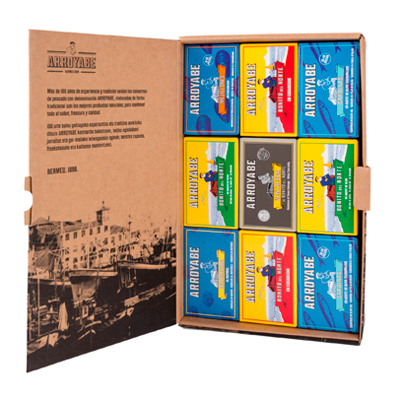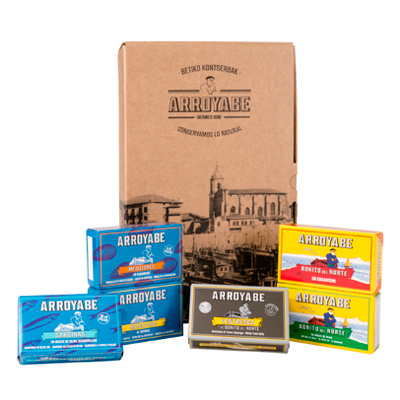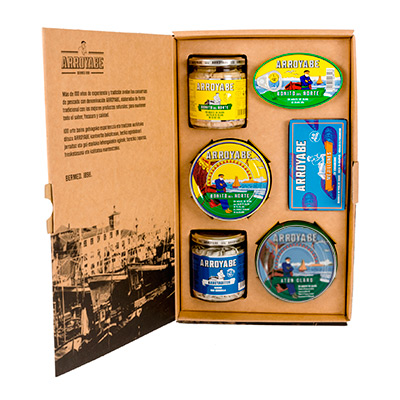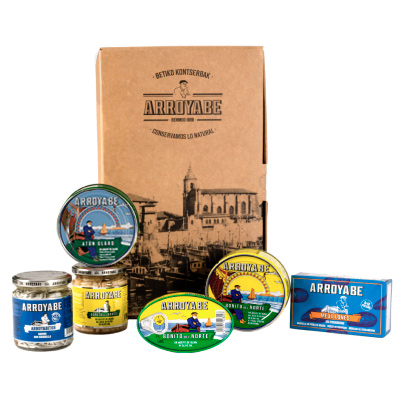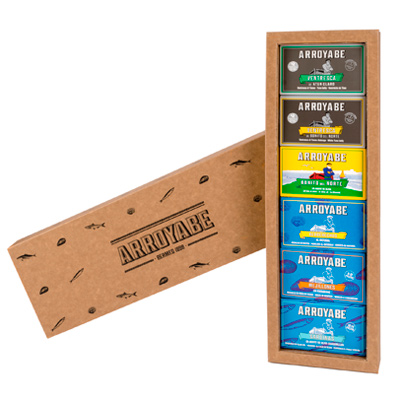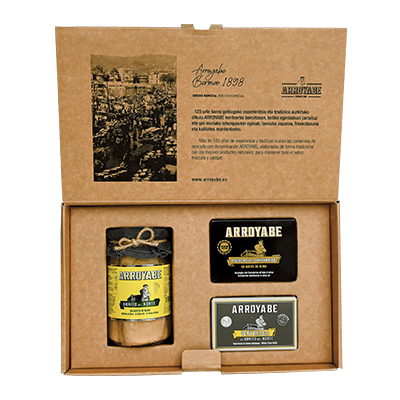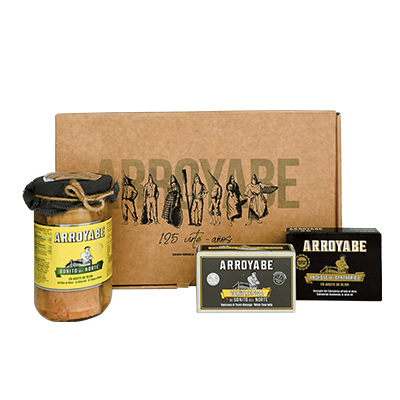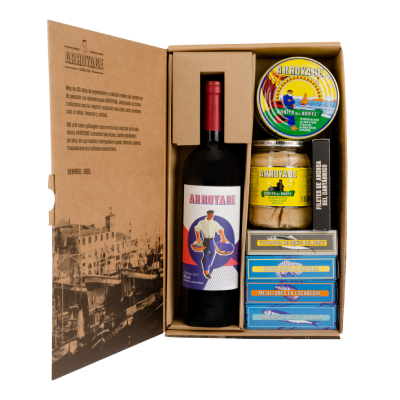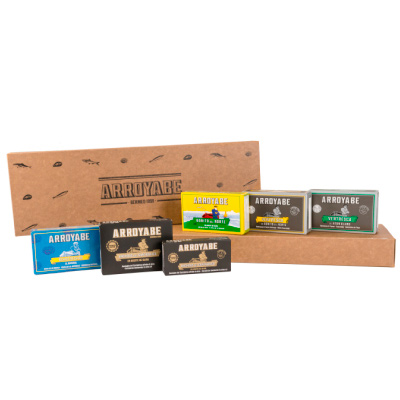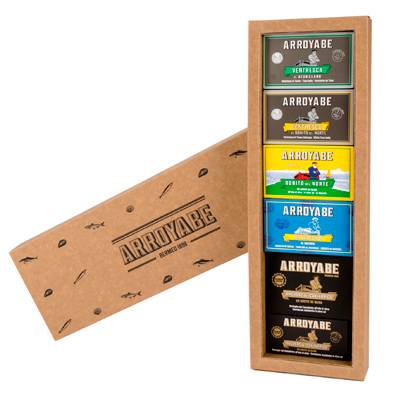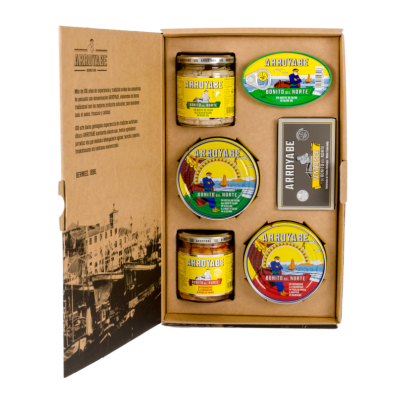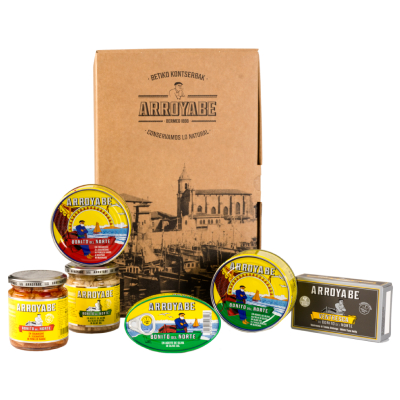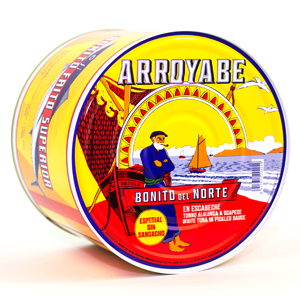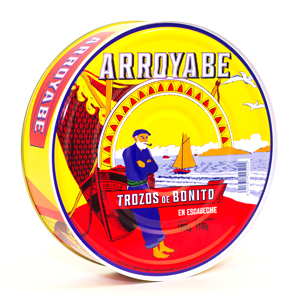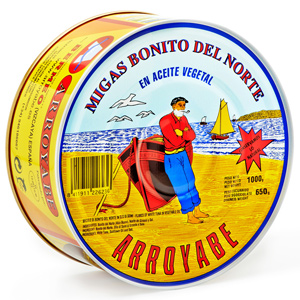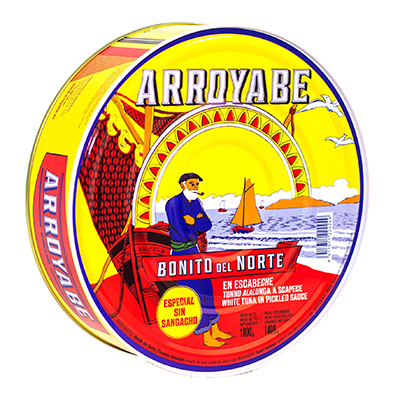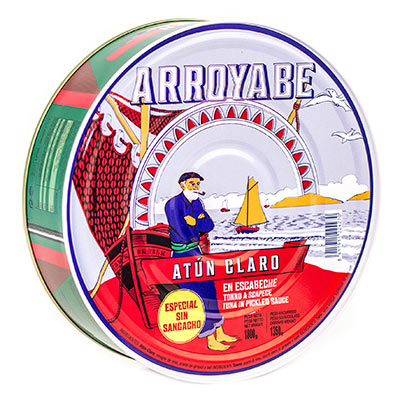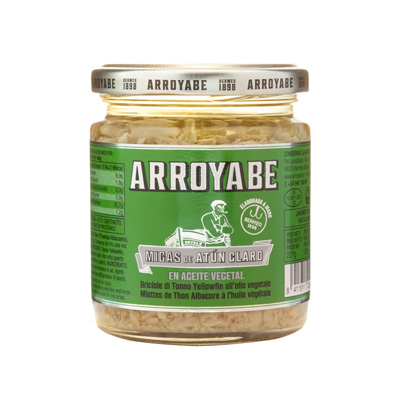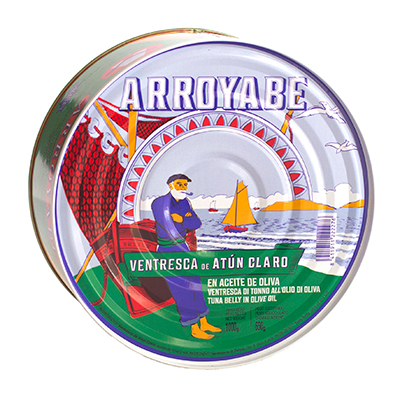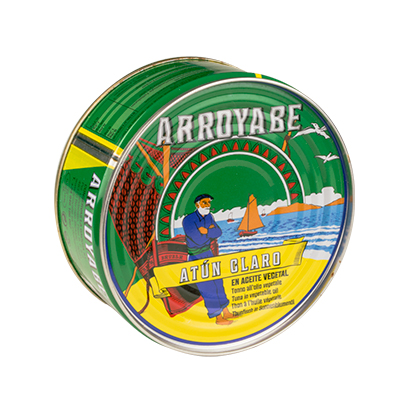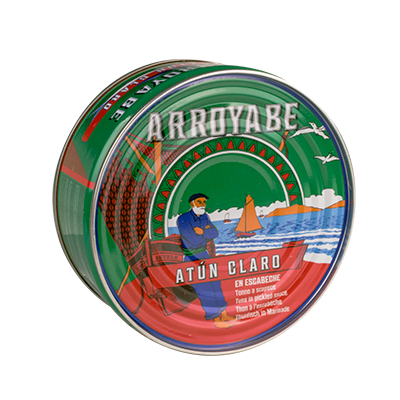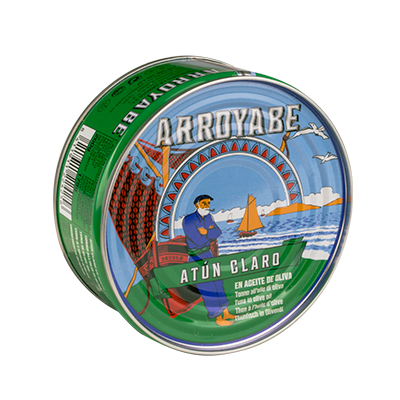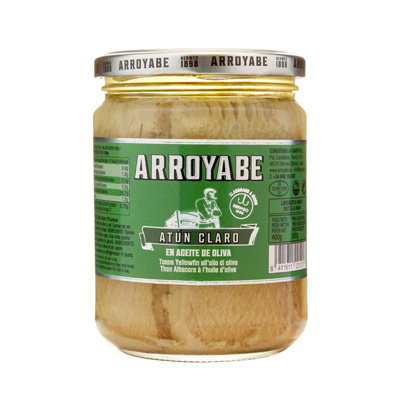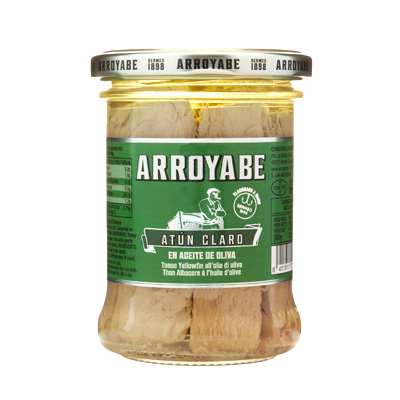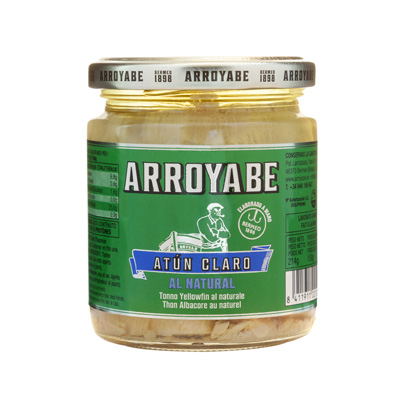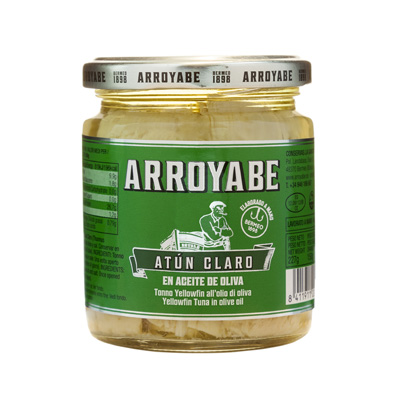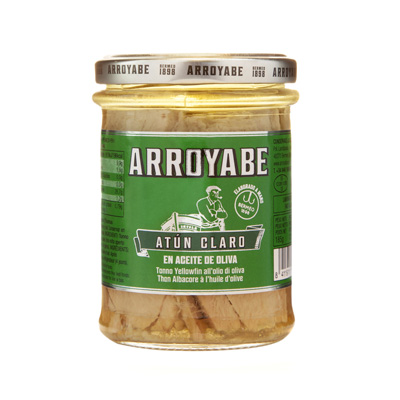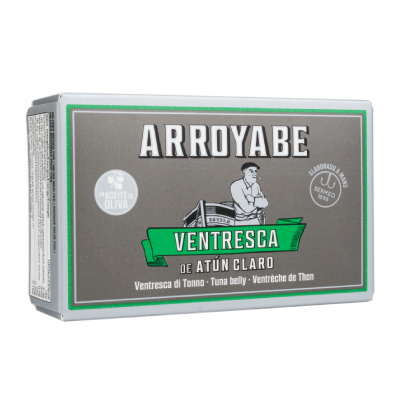Difference Between White Tuna (Albacore) and Yellowfin Tuna
Both White Tuna and Yellowfin Tuna belong to the tuna family and are the most sought after in the culinary world. However, there are significant differences between the two.
White Tuna (Albacore), also known as Bonito del Norte, is considered a superior tuna for its exquisite flavor, smooth texture and white tone. Yellowfin Tuna has a reddish color and the texture is not as fine, yet it retains a pleasant flavor.
Yellowfin is also larger in size. Bonito pieces are smaller, around 10 kilos, and higher in oil content.
White Tuna – Bonito del Norte (Thunnus alalunga)
A fish that has a fusiform body and is characterized by the length of its pectoral fins, hence its scientific name “alalunga”, or “hegaluze” in Basque. It has a metallic dark blue coloring on its back and the sides and belly are silver. Both colors are usually separated by a band of iridescent blue.
The Bonito del Norte – White Tuna fishing is carried out during the summer months in the Gulf of Biscay using traditional fishing methods and ecological selective. This exquisite treatment given to pretty guarantees the quality and freshness of it, which does not happen with other less selective fishing gear.
Migration
Bonito del Norte white tuna are born in the Sargasso Sea where they migrate from as adults and group in schools of individuals of the same size to make two types of migrations during their life cycle.
After their first year of life, they begin their migration to the Azores, Madeira, and the Canary Islands to spend the winter. During the second year and coinciding with the end of spring when the young tuna are about a half meter in length, the schools migrate in search of food along the surface, reaching the Bay of Biscay. They remain along our shores until autumn when they begin their return to their place of origin.
This trophic migration is repeated over two more years. During the third year they reach sexual maturity and become more solitary, delving into deeper waters and changing their migratory route.
Bonito del norte White Tuna fishing
Bonito del Norte white tuna is one of the pillars of the Cantabrian coast’s economy and is one of the species of greatest commercial interest. It is during the summer months when the schools of tuna venture into the Bay of Biscay our fishermen catch them one by one using traditional methods that are selective and environmentally friendly. This exquisite handling of the tuna guarantees its quality and freshness which does not happen with other less selective fishing methods.
Purchasing Bonito del Norte white tuna
During the summer you can find fresh white tuna at our markets. Being that it is a highly perishable product, it must be surrounded by ice in order to prevent bacteria growth and spoilage. Once purchased, it must be kept refrigerated, perfectly clean, and be consumed within 48 hours of purchase.
It takes well to being frozen (-18ºC). It is recommended that you vacuum pack it first or cover it with plastic film to keep it from drying out and transmitting odors. It will keep in good condition for about three months.
The most common form of consumption is canned and it is the only species that may be sold under the name “Bonito del Norte White Tuna”. The most sought after canned products contain olive oil because of the flavor it adds and its renowned nutritional properties. The most common form of packaging is in a can, however it is becoming more and more common to package it in glass jars. They have been filled manually, one by one, and are sold for the highest prices on the market.
Nutritional value
Bonito del Norte white tuna is an oily fish whose nutritional composition is similar to that of the common tuna:
- It has about 140 kilocalories per 100g.
- It is high in fat, about 6%, which contains large amounts of polyunsaturated fatty acids (w-3 fatty acids) which have the ability to reduce “bad” cholesterol and decrease the viscosity of the blood and inhibit the formation of blood clots.
- It contains fat-soluble vitamins such as A and D and water-soluble vitamins such as B3 which is involved in the metabolizing carbohydrates, fats, and proteins.
- It also contains other vitamins such as vitamin B12 and folic acid.
- It is full of minerals like phosphorus, which are constituents of the bones and teeth, and magnesium and iodine (to a lesser extent).
Yellowfin Tuna (Thunnus albacares)
Biology
Yellowfin Tuna has a fusiform body, more stylish than other tunas. Both the head and his eyes are small, the second dorsal and anal fins are the longest of all the tuna, while larger reach maturity. It is a type of tuna found in open waters of tropical and subtropical seas around the world, ie their usual habitat is the warm, still the tropical tuna species.
Fishing
The Yellowfin Tuna is caught by tuna vessels have the latest fishing and conservation technologies to the product arrives in immaculate quality. They use techniques purse seine fishing method through which the By-catch or bycatch of other species represents only 0.5%, below the other gear.
Nutritional value
The Yellowfin Tuna, like the White Tuna is an oily fish like protein, although it is a little greasy. Also resemble the content of water-soluble vitamins and minerals from group B, but the tuna contains more fat-soluble vitamins A and D.
Want to know how to cook tuna and Bonito del Norte white tuna?
Visit our recipe section and discover the variety of healthy dishes you can cook with them.

